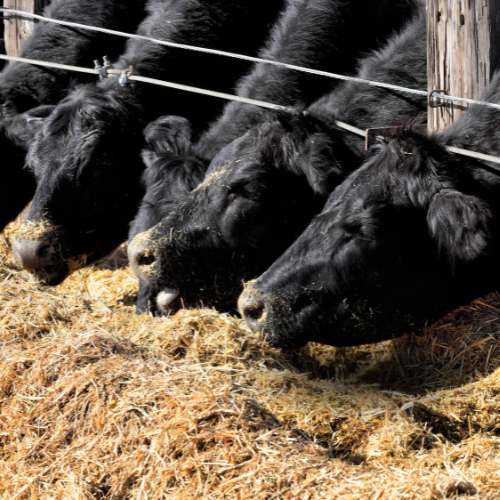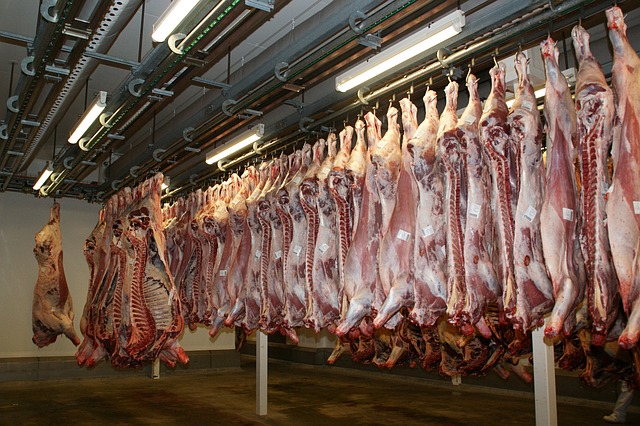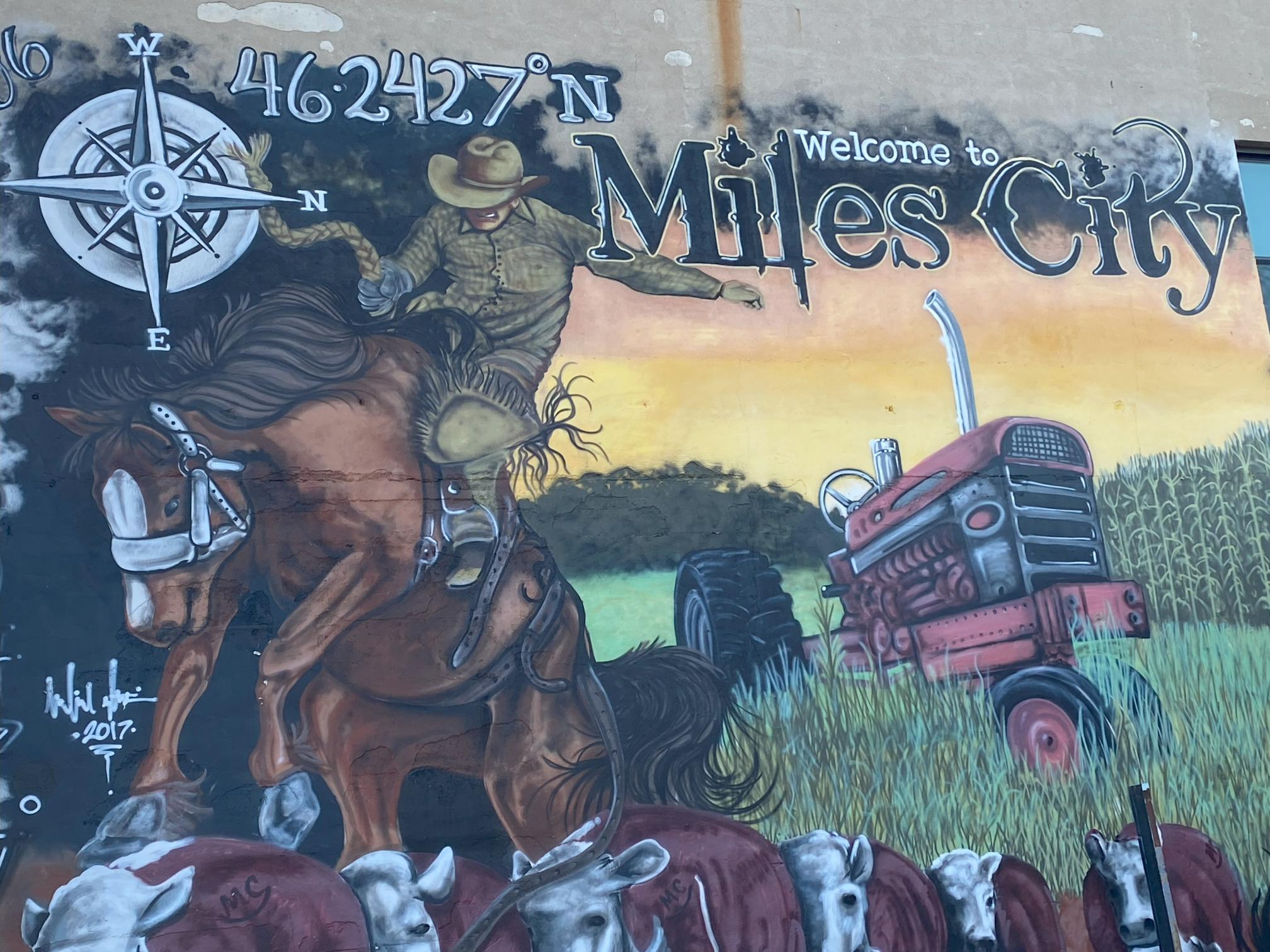
LRP: Fed Cattle
Fed Cattle: The Nitty Gritty
Fed cattle producers face many risks, especially when it comes to fluctuating market prices. Livestock Risk Protection (LRP) for fed cattle helps mitigate these risks by providing coverage when market prices fall below an established level.
This page will guide you through the detailed workings of LRP for fed cattle, including how to calculate premiums and indemnities and what documentation is required for claims.
For a detailed deep dive into the actual LRP policy click below:
Insurance Period
LRP-Fed Cattle insurance is available for various lengths of time, ranging from 13 weeks to 52 weeks. You can select a period that aligns with when your fed cattle will reach their target weight (between 10 cwt and 16 cwt) and be ready for slaughter.
Available insurance periods:
- 13 weeks
- 17 weeks
- 21 weeks
- 26 weeks
- 30 weeks
- 34 weeks
- 39 weeks
- 43 weeks
- 47 weeks
- 52 weeks

The insurance period should end within 60 days of the date the livestock are to be marketed.
Specific Coverage Endorsement (SCE)
An SCE is used to initiate coverage for a specified group of fed cattle that will be marketed or slaughtered near the end of the insurance period.
Only fed cattle that meet the target weight criteria are eligible for LRP.
Unborn fed cattle are not insurable under this coverage.
Fed Cattle Target Weight
The target weight for insured fed cattle should fall between 10 cwt and 16 cwt.

If sales records do not include live weight, it can be calculated by dividing the hanging weight by 0.6325.
Maximum Insurable Cattle
The maximum number of fed cattle that can be insured under one SCE is 12,000 head, and the limit per crop year is 25,000 head.
If an insured producer or anyone with a substantial beneficial interest (SBI) in the insured reaches the maximum headcount, no further endorsements will be accepted.

Example:
Producer A has a 90% interest in XYZ Farms, which insures 2,000 head of fed cattle.
- Producer A’s share: 2,000 head × 0.90 = 1,800 head.
- Producer A insures an additional 1,000 head under their own name.
- Total: 1,800 + 1,000 = 2,800 head, which is below the crop year limit of 25,000 head.
Sales Suspension
Sales of fed cattle SCEs will be suspended under the following conditions:
- When a limit movement occurs in CME Live Cattle futures.
- As of June 2023, the daily price limit is $6.75/cwt, and the expanded price limit is $10.00/cwt.
- On days when the USDA releases the Cattle on Feed report.
Fed Cattle Premium Calculation Example

Let’s walk through how to calculate the premium for insuring fed cattle under LRP.
Scenario:
An operation has 50 head of fed cattle, each expected to reach a target weight of 11 cwt. The insured share is 100%, and the producer selects a coverage price of $65 per cwt. The expected ending value is $68.42 per cwt, and the rate for the coverage price is 1.3990%. The premium subsidy is 35%.
Step-by-Step Calculation:
- Number of Cattle and Weight:
- 50 head × 11 cwt = 550 cwt.
- Insured Value:
- 550 cwt × $65 (coverage price) = $35,750.
- Insured share: $35,750 × 1.00 = $35,750 insured value.
- Total Premium:
- $35,750 × 0.013990 (rate) = $500 total premium.
- Subsidy Amount:
- $500 × 0.35 (subsidy) = $175 subsidy.
- Producer Premium:
- $500 (total premium) − $175 (subsidy) = $325 producer premium.
Following these steps, you can calculate your LRP premium based on the selected coverage price and other relevant factors.
Calculating an Indemnity Payment
An indemnity is paid when the actual ending market value is lower than the selected coverage price.

Indemnity Calculation Example
Using the same operation as above with 50 head of fed cattle, a target weight of 11 cwt, and a coverage price of $65 per cwt, the actual ending value is $60 per cwt. Since the actual value is lower than the coverage price, an indemnity is due.
Step-by-Step Calculation:
- Number of Cattle and Weight:
- 50 head × 11 cwt = 550 cwt.
- Price Difference:
- $65 (coverage price) − $60 (actual ending value) = $5/cwt.
- Indemnity Amount:
550 cwt × $5/cwt = $2,750 indemnity payment.
Adjustment for Cattle Loss

If the insured fails to notify the insurance provider about the death of cattle, the indemnity would be adjusted: (4 head die)
- Adjusted Number of Cattle and Weight:
- 46 head × 11 cwt = 506 cwt.
- Price Difference:
- $65 (coverage price) − $60 (actual ending value) = $5/cwt.
- Adjusted Indemnity Amount:
506 cwt × $5/cwt = $2,530 indemnity payment.
Documentation for Indemnity Claims
To receive an indemnity for fed cattle, you must provide documentation verifying the sale or ownership of the cattle.
- Required Documents for Sale Verification:
- Documents showing you as the seller, the purchaser, sale date, and the weight of the livestock sold.
- If Cattle Are Not Sold by the End Date:
- Provide ownership verification documents (such as purchase agreements or bills of sale) and a certified statement confirming that the cattle were marketable as of the end date.
Adjustments for Marketable Livestock
If your cattle do not meet the minimum allowed target weight or you fail to provide required documentation, the number of insured livestock may be adjusted. Here’s an example:

Adjustment Example:
You insured 100 head of cattle at a target weight of 700 pounds, but sales records show an average weight of 525 pounds. Since you can’t establish that extraordinary circumstances caused the cattle to weigh less, an adjustment will be made:
- Total Target Weight:
- 100 head × 700 pounds = 70,000 pounds.
- Actual Weight:
- 100 head × 525 pounds = 52,500 pounds.
- Adjustment Calculation:
- Minimum allowed target weight: 100 head × 600 pounds = 60,000 pounds.
- 60,000 pounds − 52,500 pounds = 7,500 pounds shortfall.
- 7,500 pounds ÷ 700 pounds/head = 11 head (rounded to nearest head).
- Adjusted Marketable Livestock:
100 head − 11 head = 89 head.
Conclusion
LRP for fed cattle is a valuable risk management tool that can protect producers from the financial impact of declining market prices. By understanding the basic principles, how premiums and indemnities are calculated, and the documentation required, producers can better navigate the complexities of LRP and make informed decisions for their operations.
For further assistance or to get started with LRP for fed cattle, contact Armor Insurance Agency today. We’re here to help you protect your investment and plan for the future.

